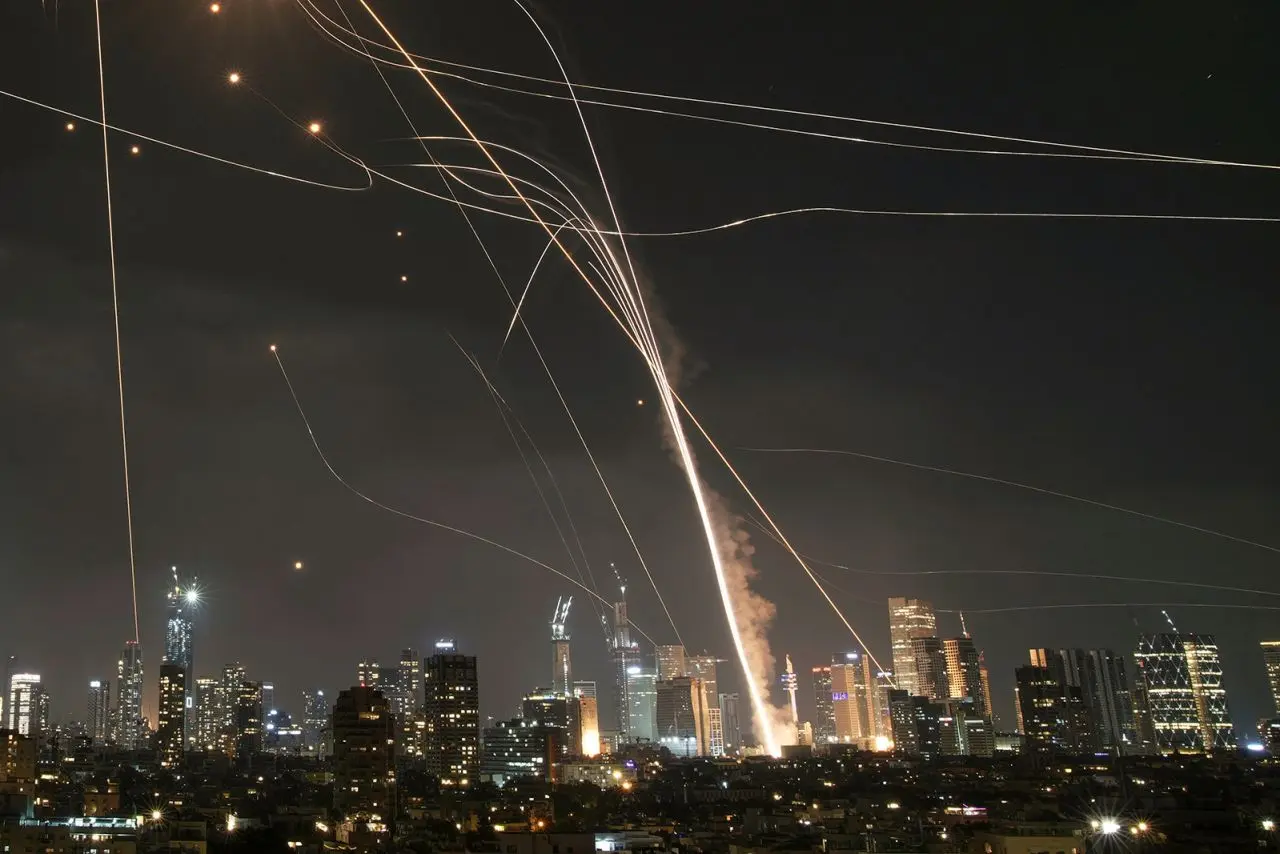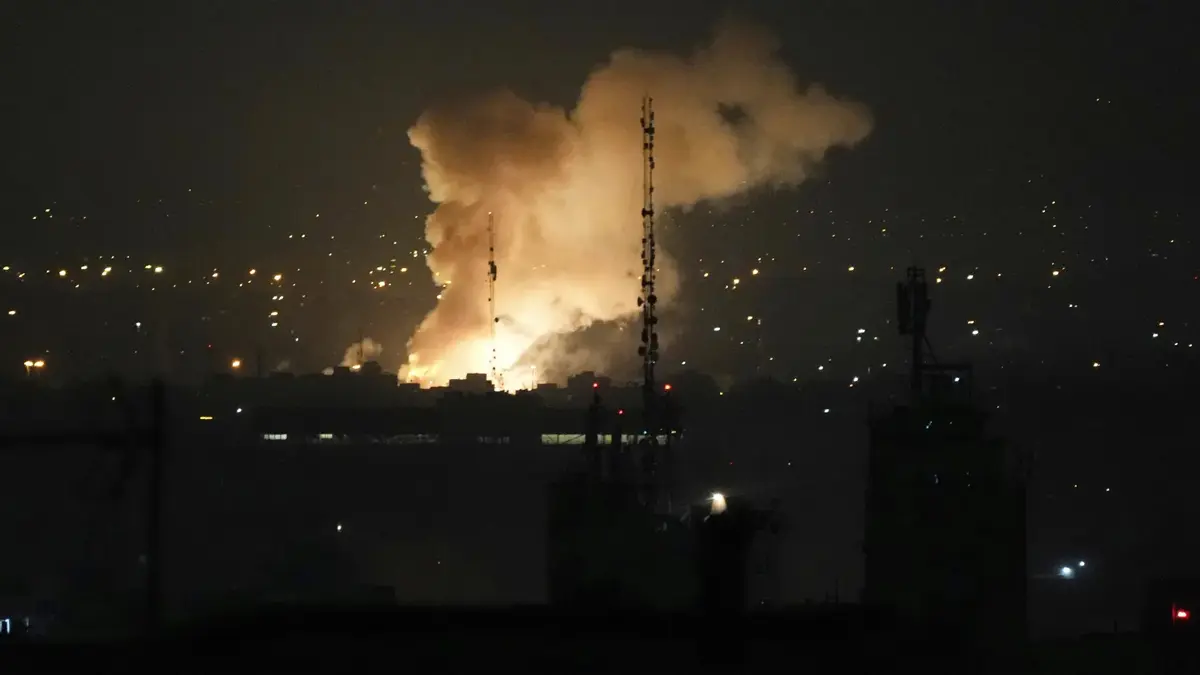Did Iran Retaliate Against Israel?
In the early hours following Israel’s unprecedented airstrikes on Iranian nuclear and military facilities, Iran launched a substantial retaliatory assault targeting Israeli cities—an escalation that has drawn international attention and widespread concern.
Iran Retaliate Back: Scope of the Retaliation
Iran’s response involved launching multiple waves of ballistic missiles and drones deep into Israeli territory. While Israel’s sophisticated multi-layered missile defense system—including Iron Dome, David’s Sling, and Arrow—intercepted the majority of incoming projectiles, a few breached defenses, inflicting damage on buildings and civilian infrastructure.
According to Iranian officials, the initial Israeli strike killed at least 78 people—among them high-ranking Revolutionary Guard commanders and nuclear scientists—and injured more than 320 others. Meanwhile, Israeli authorities reported that at least three civilians were killed and dozens more wounded during the Iranian counterstrike.
How Effective Was Israel’s Iron Dome?
Israel’s multi-tiered defense proved its mettle once again. The initial missile wave was met by Arrow (long-range intercept), David’s Sling (medium-range), and Iron Dome (short-range). Defense sources claim over 90% of missiles were intercepted, though some penetrated the system and touched down in populated areas of Tel Aviv and Ramat Gan.

Eyewitnesses in Tel Aviv described smoke billowing from damaged buildings, while nearby hospital officials reported treating dozens of civilians suffering from injuries ranging from minor shrapnel wounds to trauma caused by collapsed structures.
Why Did Iran Retaliate?
Iran’s Supreme Leader, Ayatollah Ali Khamenei, justified the missile barrage as a punitive measure for Israel’s strikes on key Iranian targets, promising “severe punishment” and affirming Tehran’s right to defend itself against what it deems an existential threat.

Israel’s airstrikes—part of an operation believed to be called Operation Rising Lion—targeted key elements of Iran’s nuclear infrastructure as well as military leadership. The Israeli government claimed the mission was necessary to disrupt what it views as an imminent Iranian threat involving a clandestine nuclear weapons program. Iran has consistently denied pursuing a bomb and insists its nuclear ambitions are purely for energy.
Civilian Toll and Infrastructure Damage
In Iran:
The Israeli operation resulted in at least 78 deaths and over 320 injuries, according to Iranian authorities. Many of the casualties were civilians, and significant damage was reported at nuclear sites in Natanz, Isfahan, and Fordo. UN nuclear watchdog officials have confirmed limited chemical contamination at Natanz but stated it is “manageable.”
In Israel:
Iran’s missile retaliation has so far killed at least three individuals and injured dozens more. One missile hit near homes in Rishon Lezion, south of Tel Aviv, killing one and injuring over 20. Another fatality occurred in Ramat Gan when debris from an intercepted missile fell onto a civilian area.
Military Targets and Air Base Strikes
Iran’s Islamic Revolutionary Guard Corps stated that their retaliation was aimed at Israeli military air bases and command centers. Among the Israeli targets struck were locations in Tel Aviv and central Israel. Conversely, Israeli forces claim to have struck Iranian air bases in Hamadan and Tabriz, both crucial in Iran’s missile launch capabilities.
Warnings and Further Escalation
Israeli Defense Minister Yoav Gallant said Iran had “crossed red lines” by targeting civilian centers, adding that a “very heavy price” would be exacted. Prime Minister Benjamin Netanyahu declared that military operations would continue “for as many days as it takes.” Iran, for its part, has promised a “crushing response” and indicated it will intensify its military efforts.
Diplomatic Fallout?
The conflict has derailed ongoing nuclear negotiations between the United States and Iran, which were scheduled to resume in Oman. U.S. officials denied direct involvement in Israel’s initial strikes but confirmed that defensive support had been extended, including possible regional missile interception.
The growing intensity of the conflict risks drawing in additional regional actors, such as Hezbollah in Lebanon and militias in Iraq and Yemen. Global markets have already responded, with oil prices surging on fears of further instability in the Strait of Hormuz.
The Iran–Israel conflict has entered a dangerous and unprecedented phase. With heavy casualties on both sides, critical infrastructure damaged, and diplomatic avenues collapsing, the region faces the looming threat of a broader war. As both Iran and Israel dig in for a protracted confrontation, the world watches anxiously, hoping for de-escalation but preparing for further volatility.


